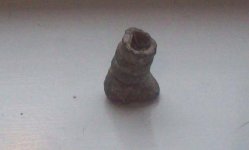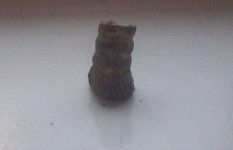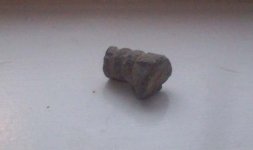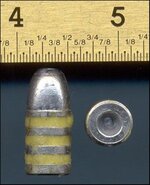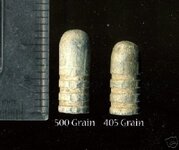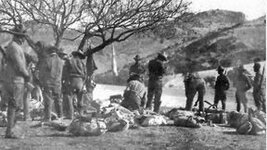USTiger
Hero Member
Doing a Geocaching hunt i found this on the ground... i am not sure what it is.. but by my best guess it is a bullet.
it is 22 millimeter long and 12 millimeter wide.
Please help
USTiger
it is 22 millimeter long and 12 millimeter wide.
Please help
USTiger


